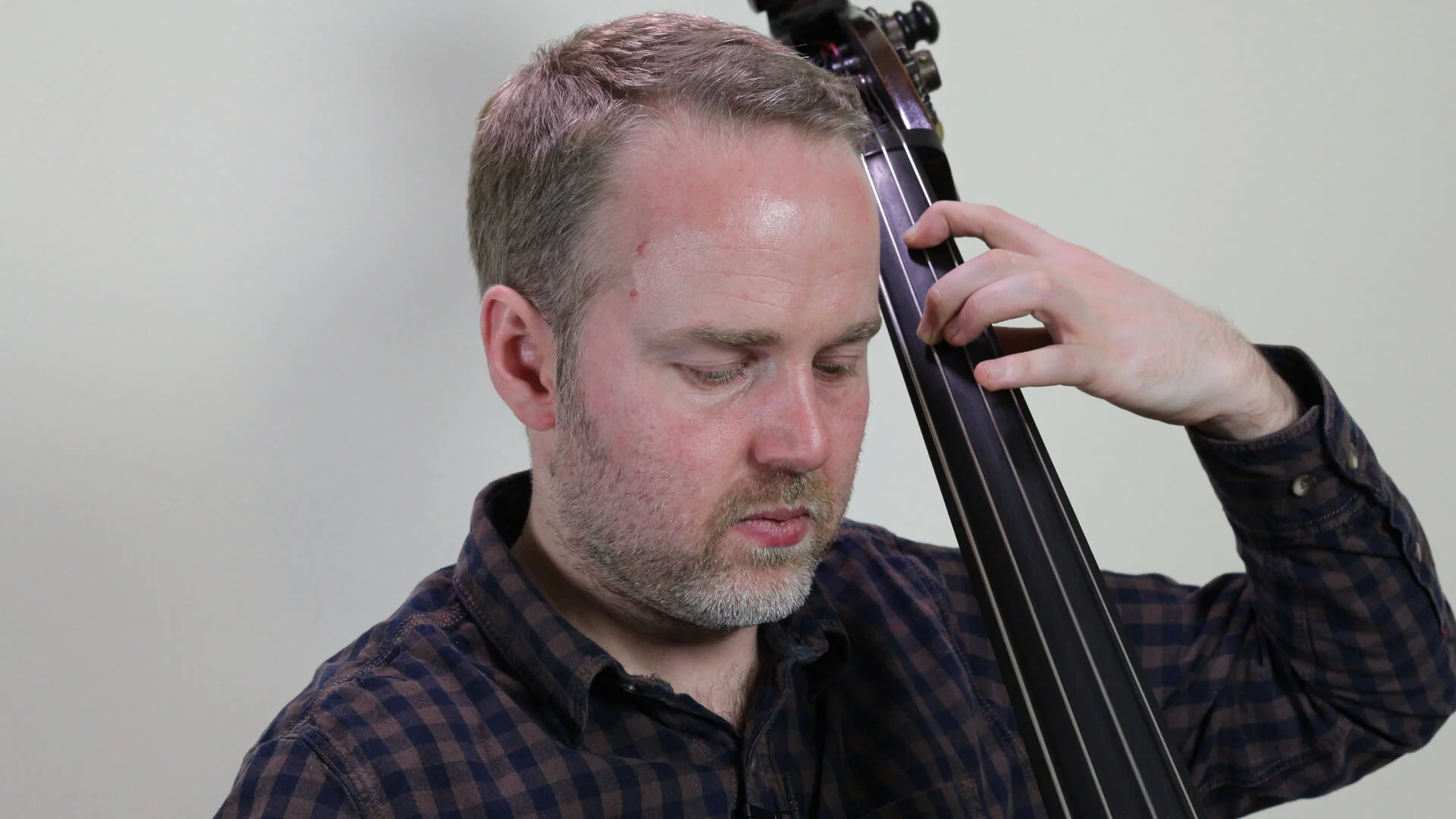Ultimate Exercise to Learn Arpeggios in All Twelve Keys!
In this lesson you will learn how to use the circle of 5ths (a.k.a cycle of 5ths) to learn your major 7th arpeggios (a.k.a chord tones) in all 12 keys. This is the single best exercise I know of to improve your double bass playing. I was shown it by my old teacher Zoltan Dekany and it transformed my ability to improvise walking bass lines and solos on the double bass. I can't recommend it highly enough if you want to really learn your arpeggios all over the fingerboard on your upright bass or bass guitar.
Major 7th Arpeggios in All 12 Keys on the Double Bass
To demonstrate how we use the cycle of 5ths to learn arpeggios I demonstrate with one octave major 7th arpeggios. I also show you my recommended fingerings and give a few general tips on how best to learn your arpeggios on the double bass.
In this lesson I use the terms '4th' and '5th'. Here is a basic explanation of what these terms mean:
A '4th' or a '5th' is a type of interval, which is the term we use to describe the distance between two notes. The 4th or 5th can be found by counting up the note names alphabetically starting with the lowest note. So the '4th' is the 4th letter higher than the 1st note. For example if you start counting on C the 4th note would be an F. The '5th' is the 5th letter, so in the key of C it would be the note G (i.e C1, D2, E3, F4, G5).
Note: The intervals described here are known as 'perfect' 4ths and 5ths and it is possible to have an interval of a 4th and 5th which are a semitone higher (augmented) or lower (diminished) than a perfect 4th or 5th. However this information is beyond the scope of the lesson.
If you enjoyed this lesson please check out my course Double Bass Arpeggios: The Play-Along Collection. It includes fully notated arpeggios, detailed fingerings, backing tracks and written guidance.


